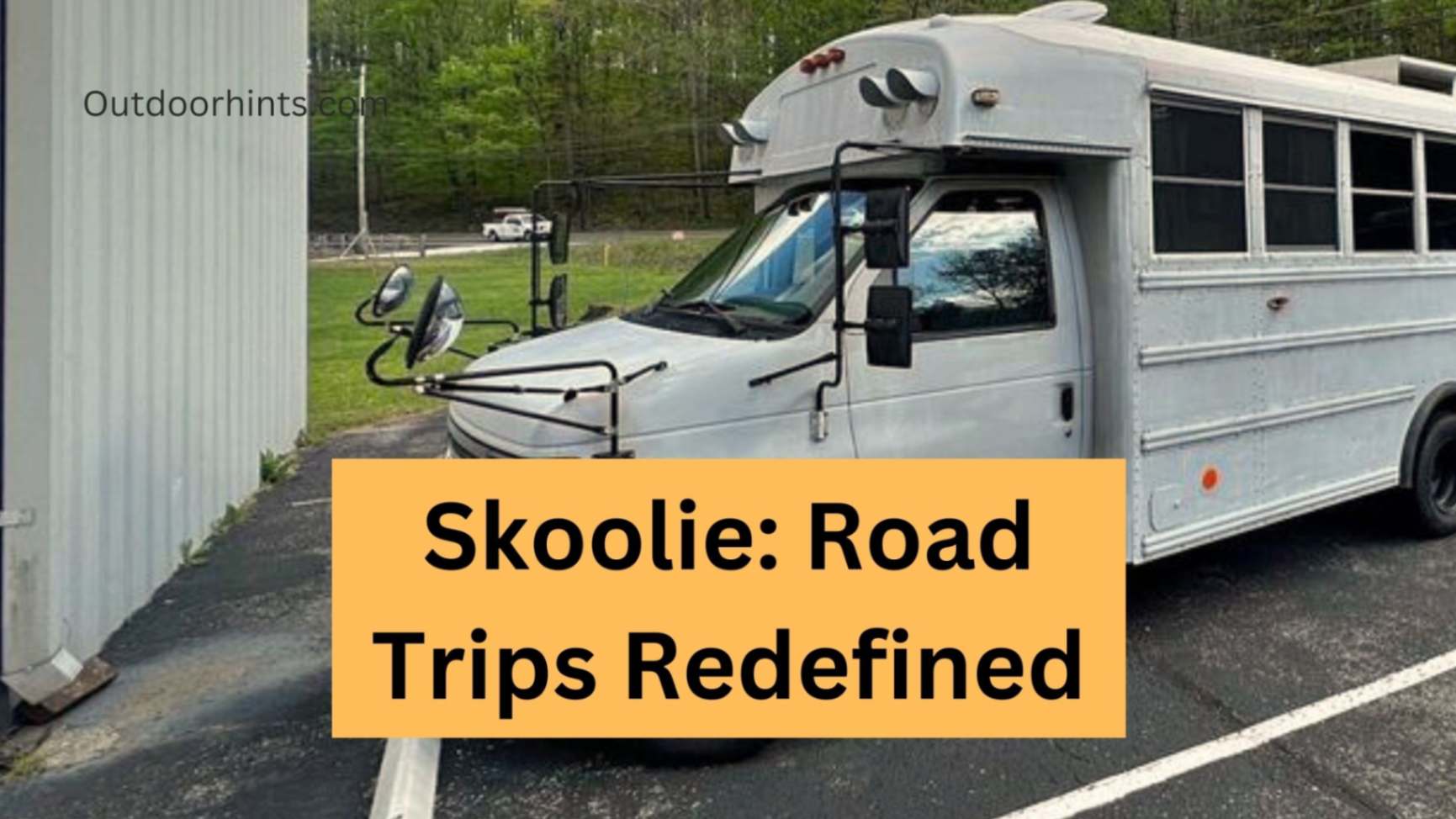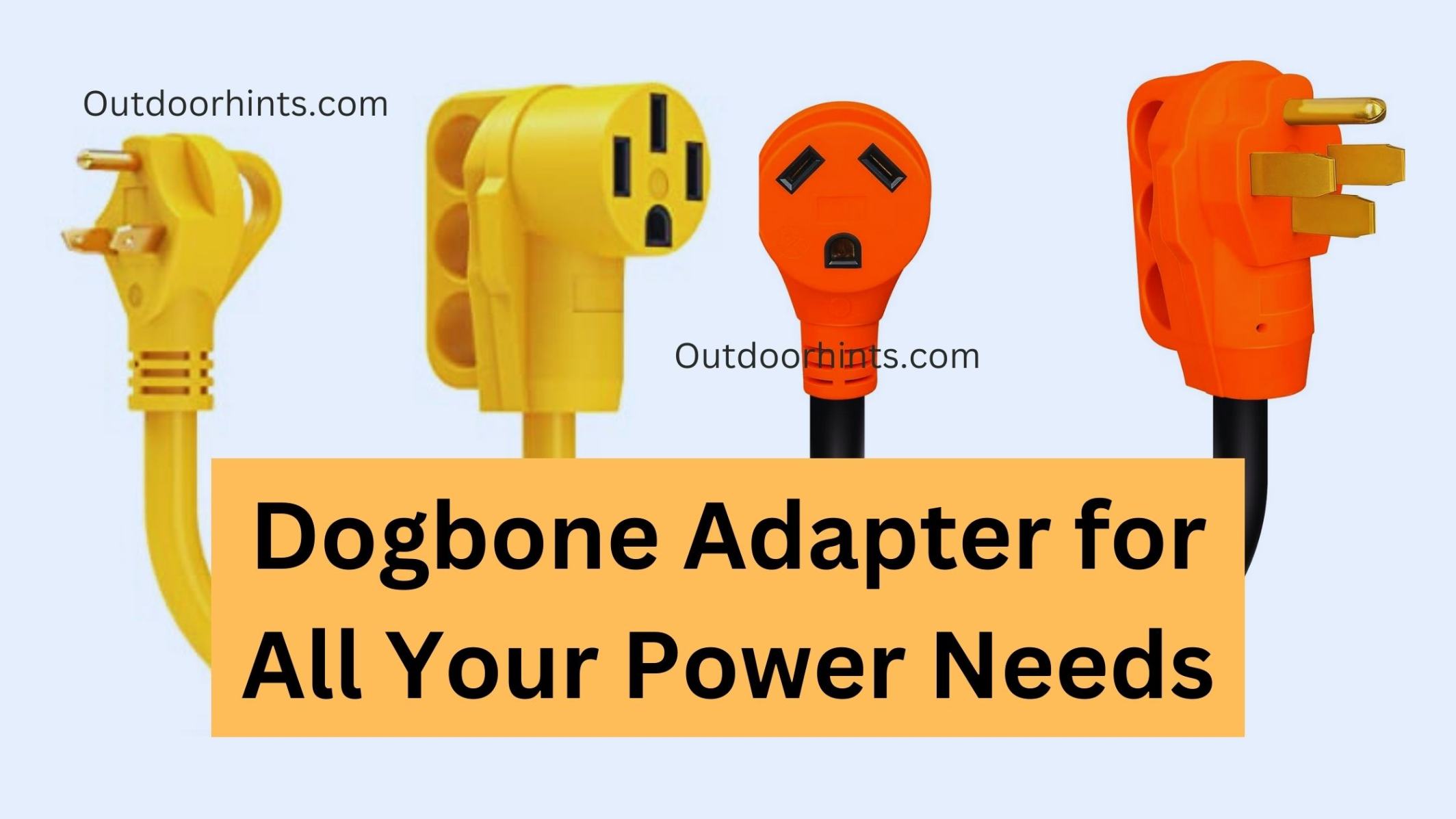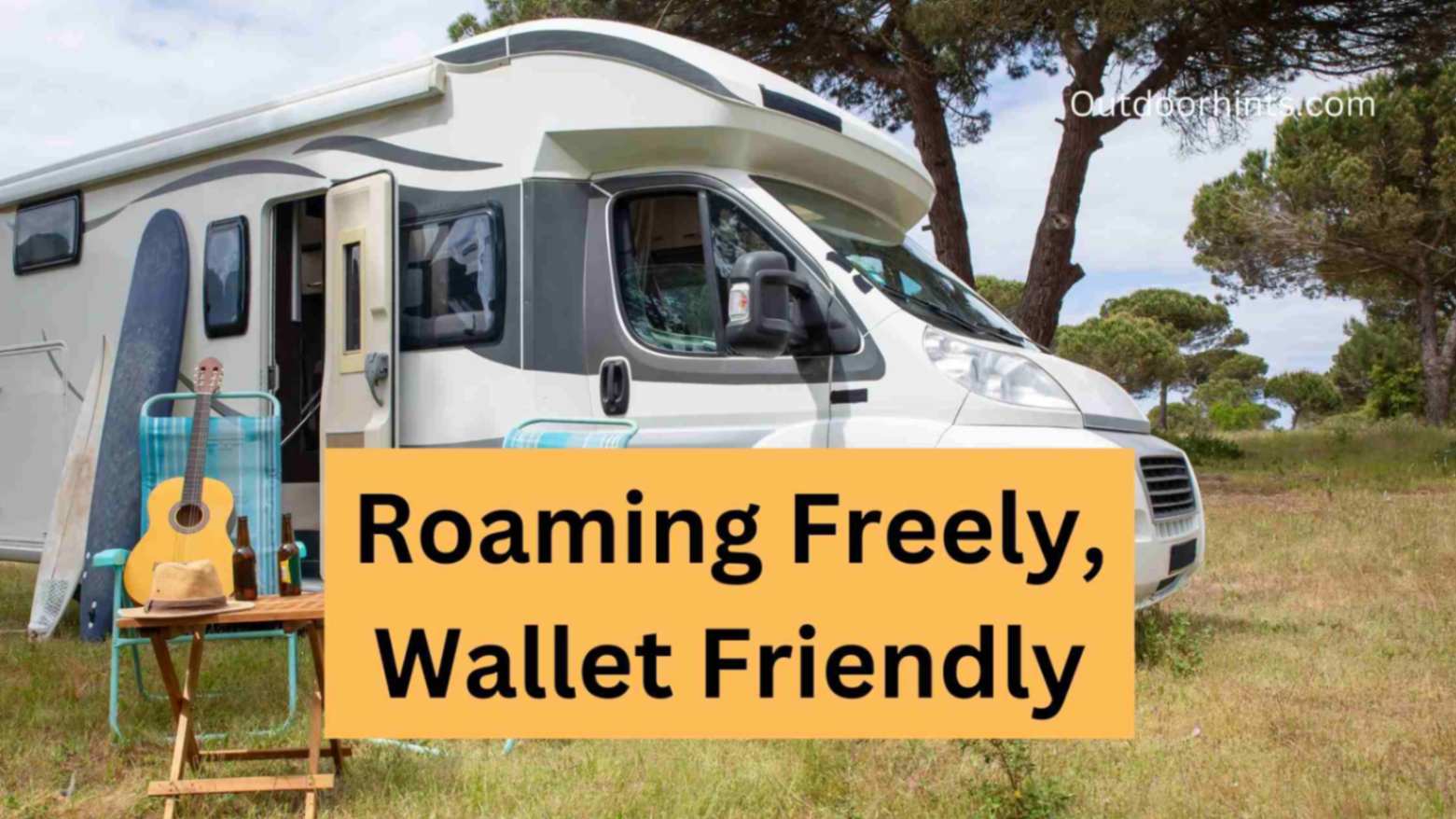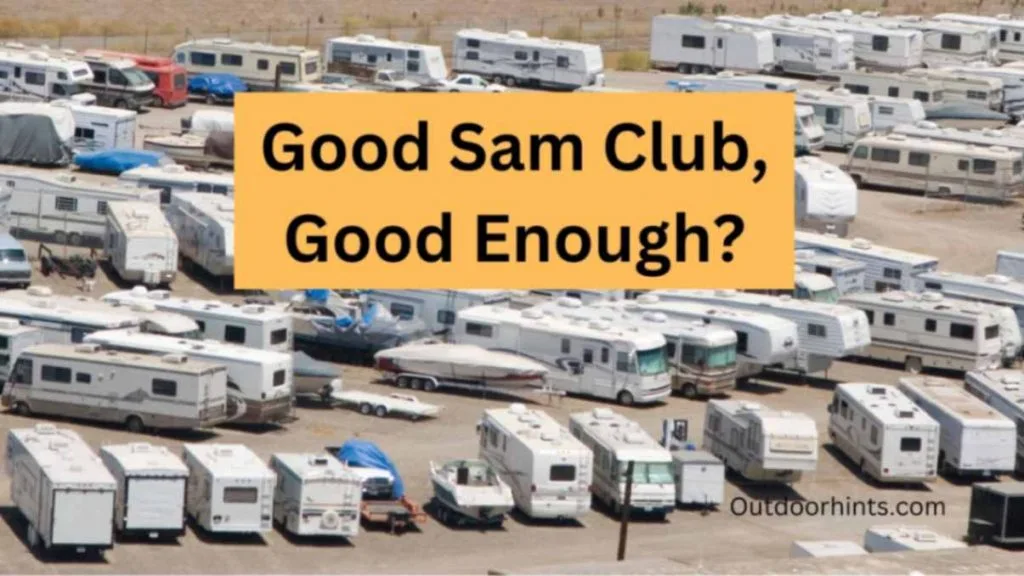Boondocking vs Stealth Camping!
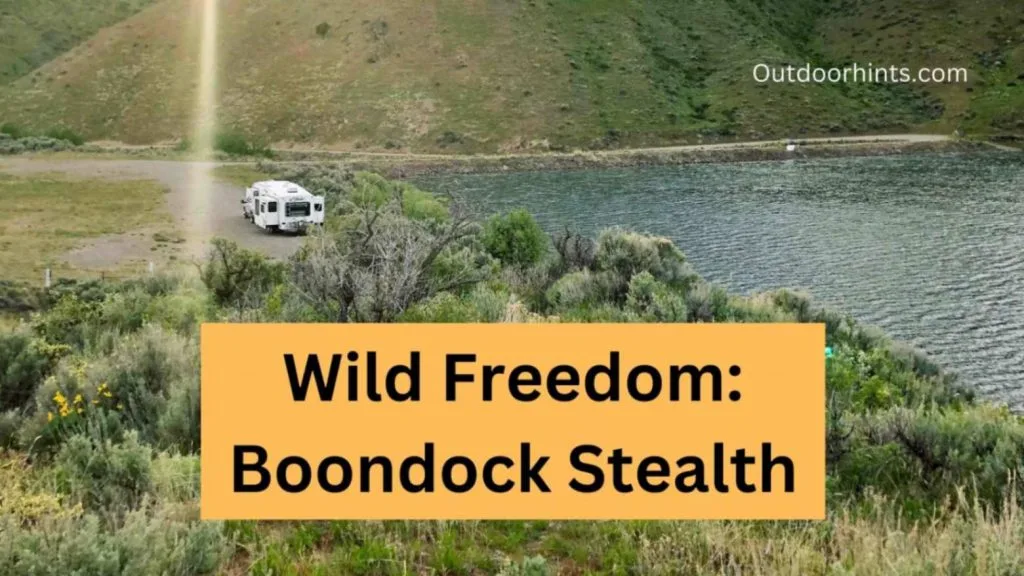

Introduction
Are you tired of crowded campgrounds and RV parks? If so then boondocking, stealth camping might be right up your alley. These two alternative camping options offer a way to escape the crowds and immerse yourself in nature while still enjoying modern conveniences. But what exactly is boondocking vs stealth camping?
What Is Boondocking?
Boondocking also known as dry camping or off-grid camping refers to the act of camping in remote locations without access to amenities such as water electricity sewer hookups. Instead boondockers rely on their own resources for survival.
Boondocking locations can be found in national forests, desert areas and other public lands where dispersed camping is allowed. Some boondockers even choose to park overnight at truck stops or rest areas. Boondocking can be an exciting adventure for those who love roughing it in the great outdoors.
What Is Stealth Camping?
Stealth camping is a method of camping where you stay in an area without being noticed or attracting attention. This type of camping is often done in urban areas such as parking lots or side streets and requires campers to be discreet and respectful of their surroundings.
Unlike boondocking which can be done legally on public lands or designated recreational areas stealth camping is usually illegal due to local ordinances regulations. Therefore it’s essential for campers to research the laws and regulations of the area they plan on staying.
To successfully stealth camp it’s crucial to have minimal equipment that can easily blend into your surroundings. For example, a tent that looks like a regular backpack or sleeping bag will help keep you concealed from passersby.
What Are The Benefits Of Boondocking And Stealth Camping?
Boondocking and stealth camping offers unique benefits for travelers looking to explore the great outdoors. One of the biggest advantages is freedom – both types of camping allow you to choose your own location which means you can experience some truly breathtaking scenery that might not be accessible otherwise.
· Boondocking and stealth camping spots are often free or very cheap which makes them a budget-friendly alternative to traditional campsites.
· Boondocking and stealth camping also provides privacy solitude that can be hard to come by at crowded campgrounds. You’ll have plenty of space all to yourself without any noisy neighbors or distractions.
· For those who love adventure boondocking, stealth camping offers an opportunity to get up close with nature in its rawest form. You’ll have the chance to spot wildlife like deer or bears, hike through scenic trails and discover hidden gems that most tourists never see.
· Choosing between boondocking vs stealth camping comes down to personal preference – but there’s no denying that both options provide unparalleled opportunities for exploration adventure.
How Do I Choose A Boondocking Or Stealth Camping Spot?
· Choosing the right spot for boondocking or stealth camping is crucial for a safe enjoyable experience. When looking for a spot it’s important to consider your preference of privacy, scenery and proximity to amenities.
· For boondocking look for free BLM (Bureau of Land Management) sites or public lands that allow dispersed camping. These areas are often located far from civilization but offer picturesque views of solitude. Make sure to check if there are any restrictions on campfires or vehicle length before settling in.
· Stealth camping requires finding a hidden location where you won’t be disturbed by passersby. Look for places like industrial areas or abandoned lots that aren’t frequently patrolled by law enforcement. Avoid residential neighborhoods where people may be suspicious of an unmarked van parked outside their house.
· By doing some research beforehand carefully selecting your spot based on personal preferences and safety considerations you’re more likely to have an enjoyable boondocking or stealth camping experience.
Choosing between boondocking and stealth camping ultimately comes down to personal preference and individual circumstances. Here are some factors to consider when deciding on spot:
· Safety: Before settling on location ensure that it is safe for you to camp there. Research the area beforehand to avoid any spots known for theft or violence.
· Privacy: One of the main benefits of both boondocking and stealth camping is privacy so look for secluded areas where you won’t be disturbed.
· Access: Consider how accessible your chosen spot is. Will you need a high-clearance vehicle or four-wheel drive? Are there any obstacles such as gates or rough terrain?
· Regulations: Check local regulations to make sure that overnight camping is allowed in your chosen spot. Some areas may have restrictions on how long you can stay or require permits.
By weighing these factors doing thorough research you can find the perfect boondocking or stealth camping spot that suits your needs.
Are There Any Legal Or Ethical Considerations?
When it comes to boondocking or stealth camping there are legal ethical considerations that need to be taken into account. Firstly it’s important to research the laws in the area where you plan on staying. Some areas may have restrictions on dispersed camping or overnight parking.
· Leave No Trace principles should always be followed – pack out all trash make sure not to disturb wildlife or damage vegetation
· Another ethical consideration is respecting private property. It’s never okay to trespass or camp without permission on someone else’s land.
· Safety should also be considered when choosing a camping spot. Make sure you’re not blocking emergency access routes to avoid isolated areas where your safety could be compromised.
· By researching laws following Leave No Trace principles respecting private property considering safety concerns boondocking and stealth camping can be done in a responsible sustainable way.
What Equipment Do I Need For Boondocking Or Stealth Camping?
When it comes to boondocking or stealth camping, being prepared with the right equipment is essential. Here are some of the necessary items you’ll need:
· Firstly, a reliable sturdy tent is a must-have item for both types of camping. Look for one that is lightweight, easy to set up yet durable enough to withstand various weather conditions.
· In addition to your tent you’ll also need a sleeping bag sleeping pad for maximum comfort during the night. Make sure they’re appropriate for the climate you plan on camping in.
· A portable stove or grill will allow you to cook meals while out in nature. Don’t forget to bring along fuel canisters or charcoal as well.
· Boondocking vs Stealth Camping or purification tablets will ensure access to clean drinking water while boondocking or stealth camping.
· Flashlights, lanterns, headlamps are crucial items when it comes to staying safe at night. Be sure to pack extra batteries as well!
· Make sure you have appropriate clothing including layers for varying temperatures and weather conditions – rain gear included! Pack smartly so that your backpack isn’t too heavy but has everything needed for an enjoyable time in nature.
How Can I Ensure Safety While Boondocking Or Stealth Camping?
· Ensuring safety while boondocking or stealth camping should be top priority. First foremost it’s important to choose a safe location. Look for areas that are well-lit and have good visibility that aren’t too isolated.
· Another way to ensure safety is by keeping a low profile. If you’re stealth camping try not to draw attention to yourself. Use window covers or curtains to block out light noise.
· Investing in quality equipment can also make a big difference in your safety while boondocking or stealth camping. Make sure you have reliable communication devices such as radios or cell phones in case of emergencies.
What Are The Challenges Of Boondocking And Stealth Camping?
· Boondocking and stealth camping are both adventurous ways to explore the great outdoors but they come with their fair share of challenges. One of the biggest challenges is finding a suitable spot that provides privacy safety without breaking any laws or regulations.
· When it comes to boondocking, finding an appropriate location can be quite difficult as there may not be many options available. Additionally most boondocking sites do not offer amenities such as water electricity which means you will need to rely on self-sufficiency.
· Stealth camping also presents some unique challenges. The primary challenge is remaining undetected while parked in public areas such as city streets or parking lots. It’s important to find locations that blend in with your surroundings and avoid drawing attention from passersby or law enforcement officials.
· Another common challenge of both boondocking and stealth camping is managing resources like water food effectively. Without access to running water you’ll need to bring enough drinking water for your entire trip which can be bulky cumbersome.
How Can I Overcome Challenges While Boondocking Or Stealth Camping?
Boondocking and stealth camping while exciting and adventurous can sometimes come with challenges. Here are some tips on how to overcome those challenges:
1. Planning – Make sure you research the area you plan to camp in. Know the weather conditions, terrain and any potential hazards.
2. Equipment – Have all the necessary gear for your trip such as reliable tent or campervan, proper cooking equipment, tools for water filtration.
3. Safety Measures – Always take safety precautions like having a first aid kit at hand or carrying bear spray if you’re camping in bear country.
4. Waste Disposal – Learn about disposing of waste properly; always respect the natural area by not littering around you whilst keeping your trash bags inside till properly disposed of.
5. Navigation – Always have map downloaded offline on your phone or carry one physically along with GPS tracking in case of signal loss
6. Communication – Let someone know where you will be going before embarking on your journey so they can notify authorities if something goes wrong.
By following these simple guidelines you can ensure an enjoyable boondocking or stealth camping experience despite any challenges that may arise!
Why Are Boondocking And Stealth Camping Popular?
Boondocking and stealth camping has become more popular in recent years. One reason for this is the increasing popularity of outdoor activities such as hiking biking fishing. People who enjoy these activities often want to spend multiple days in remote areas without spending money on traditional campsites.
Another reason for the rise in popularity of boondocking and stealth camping is the desire for unique travel experience. Many people are looking for alternatives to expensive hotels or crowded tourist destinations. By staying in remote locations travelers can connect with nature and experience a sense of freedom that comes from being off-the-grid.
Conclusion
Boondocking and stealth camping are two popular ways of camping that allow you to experience nature in a unique way. When choosing between boondocking and stealth camping it’s important to consider your personal preferences and the location you’re interested in any legal or ethical considerations. The decision between boondocking versus stealth camping ultimately comes down to what type of experience you want to have.
Additional Reads: In our detailed comparison blog post, we delve into the distinctions between boondocking and overlanding. If you're considering off-grid adventures, this article will help you understand the unique characteristics of each approach.
